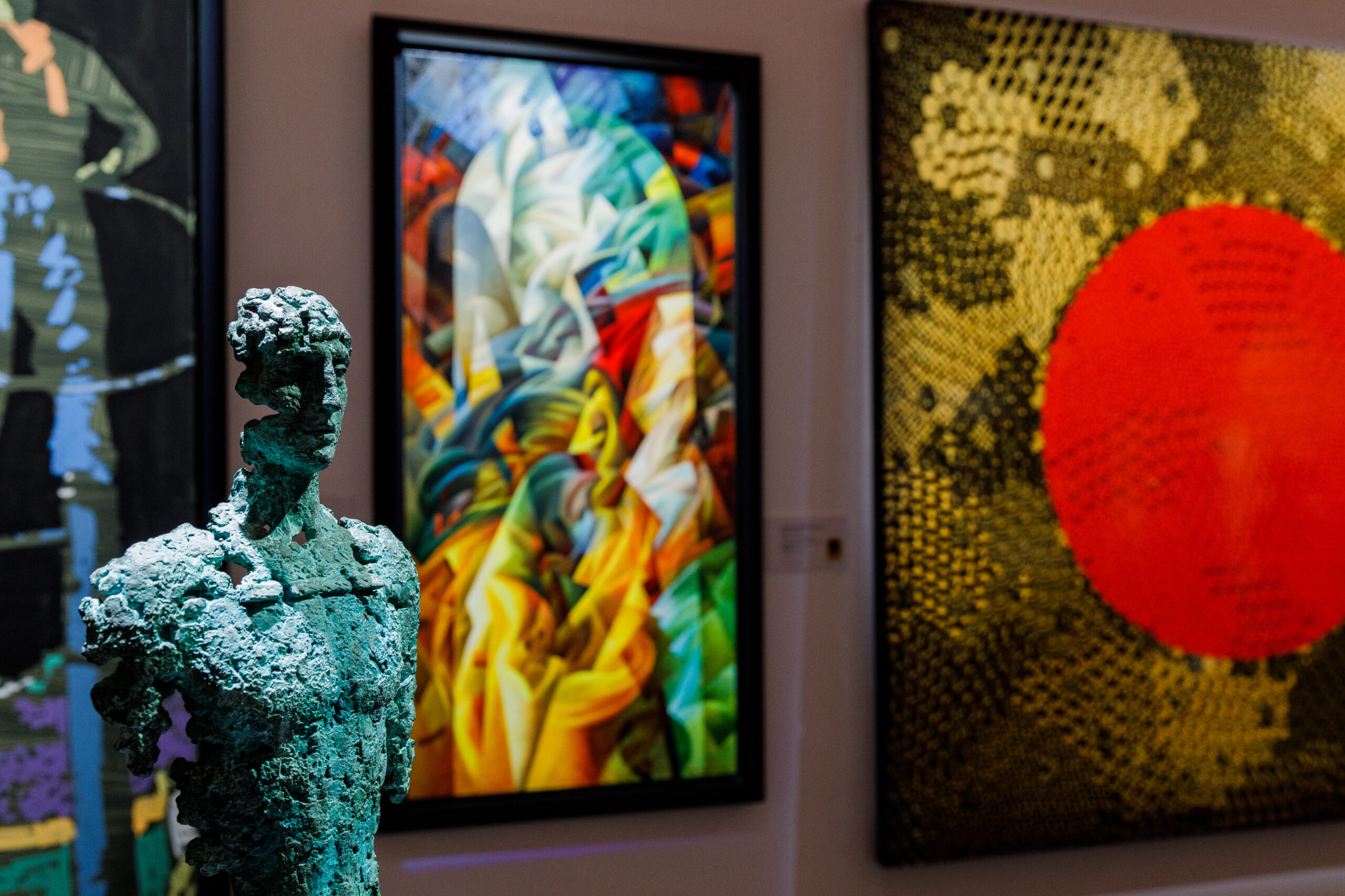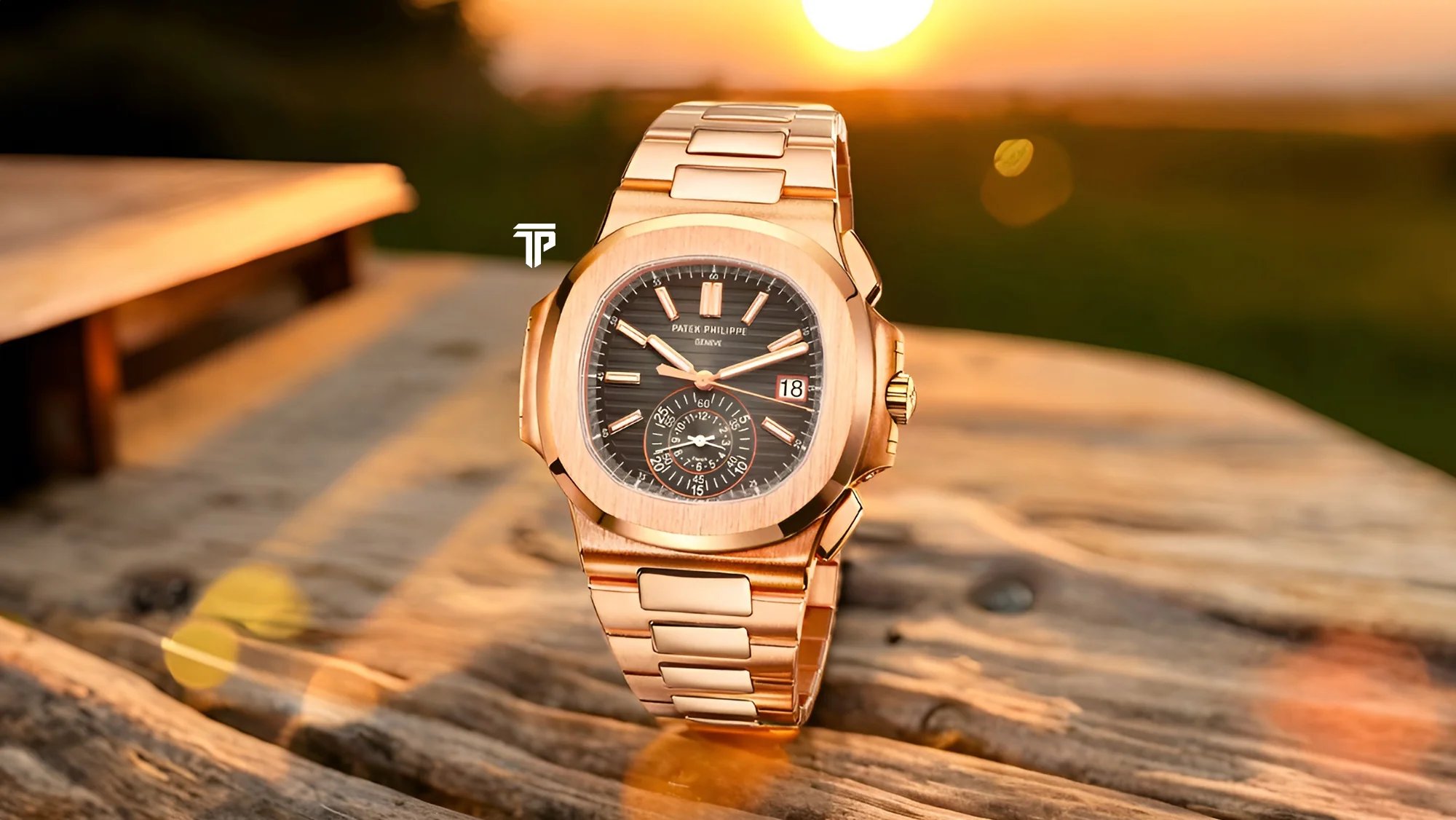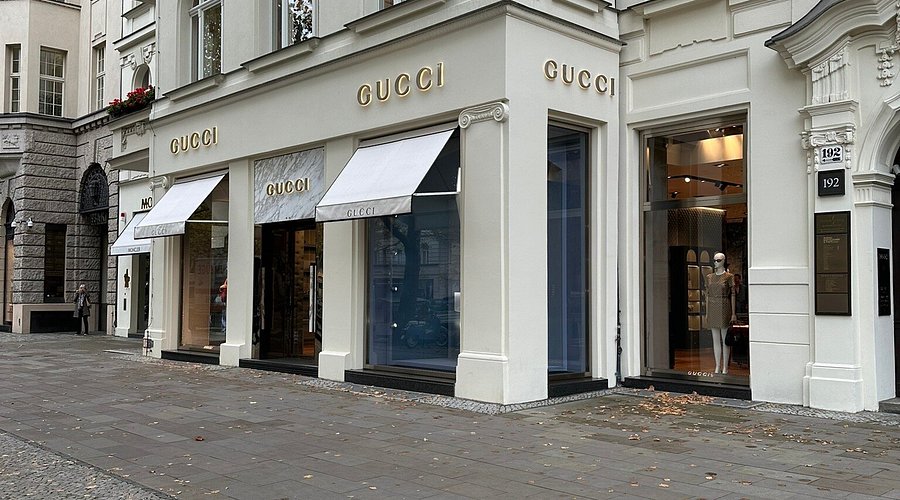Art as Currency: Ultra-Wealthy Investors Turn Masterpieces into Portfolios
By
Sophie Moore
Last updated:
September 18, 2025
First Published:
September 18, 2025

Photo: Professional Wealth Management
The world of wealth is increasingly blending with the world of art. Ultra-wealthy investors are no longer content with traditional assets alone. Instead, they are turning masterpieces into a form of currency, creating portfolios that combine cultural significance with financial value.
The rise of art investment
Art has always been a marker of prestige, but today it is being recognized as a serious asset class. Investors are purchasing paintings, sculptures, and installations not just for aesthetic pleasure but as long-term financial tools. Rare works by celebrated artists are becoming highly liquid assets in a global marketplace that continues to expand.
Beyond conventional returns
Unlike stocks or real estate, art offers returns that are not directly tied to market volatility. For high net worth individuals, this stability, combined with the potential for appreciation over decades, makes art a uniquely appealing component of wealth management. Each piece carries a narrative and cultural weight that can never be entirely measured in dollars.
Curating a diversified portfolio
Savvy investors are diversifying their holdings across different styles, periods, and mediums. This approach allows them to balance risk while maintaining exposure to historically high performing segments such as impressionist paintings, contemporary installations, or rare sculptures. Each acquisition is strategic, blending aesthetic sensibility with market foresight.
Art as a social signal
Beyond monetary value, owning significant works signals taste, sophistication, and influence. Exhibiting these pieces at private gatherings or in curated galleries enhances social capital among peers. The cultural status associated with ownership often rivals the financial gain, providing intangible benefits that traditional investments cannot match.
The role of auction houses and galleries
Auction houses and private galleries are more than marketplaces. They act as advisors and gatekeepers, guiding investors toward acquisitions that hold both prestige and potential for growth. These institutions facilitate transactions while also ensuring authenticity and provenance, which are critical in maintaining the long-term value of an art portfolio.
Digital innovation and fractional ownership
The digital era is reshaping art investment. Platforms now allow fractional ownership of high value works, opening opportunities for diversification and liquidity. This innovation democratizes access to blue-chip art while giving ultra-wealthy investors the ability to trade portions of masterpieces like financial instruments.
Risk and reward in the art world
Art investment carries unique risks including market unpredictability, authenticity disputes, and the cost of storage and maintenance. Successful investors mitigate these risks through expert consultation, insurance, and careful selection of pieces with enduring relevance and historical significance.
Art as an intergenerational asset
Beyond immediate gains, art serves as a lasting legacy. Families pass down collections as heirlooms, ensuring cultural continuity while preserving wealth across generations. This dual function of beauty and financial stability makes art an unparalleled asset for those seeking both lifestyle enrichment and fiscal strategy.
The future of wealth in the art market
As more ultra-wealthy individuals recognize the dual value of art, this trend is likely to grow. Masterpieces are no longer confined to museum walls or private galleries but are actively shaping modern portfolios. For investors, art represents not just ownership but participation in a cultural and financial ecosystem that rewards insight, taste, and vision.
Subscribe to unlock premium content
Sed at tellus, pharetra lacus, aenean risus non nisl ultricies commodo diam aliquet arcu enim eu leo porttitor habitasse adipiscing porttitor varius ultricies facilisis viverra lacus neque.
A comprehensive guide on Agile development

10 Productivity tools that are worth checking out

Top 7 Must have management tools for productivity

A comprehensive guide on Agile development

10 Productivity tools that are worth checking out

A comprehensive guide on Agile development








.png)
